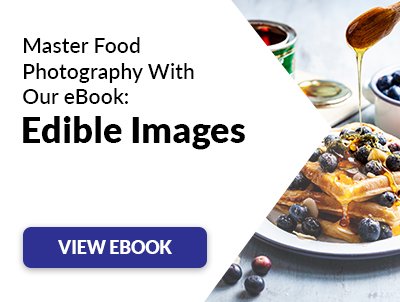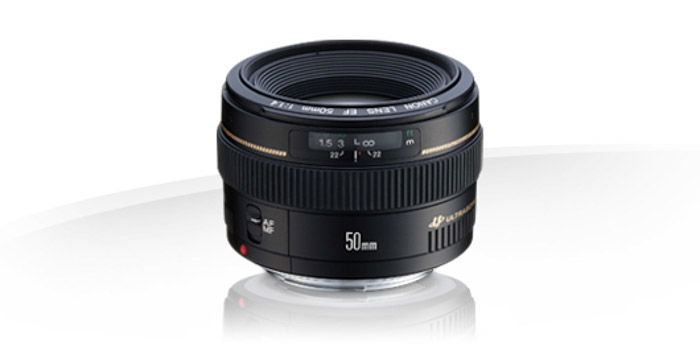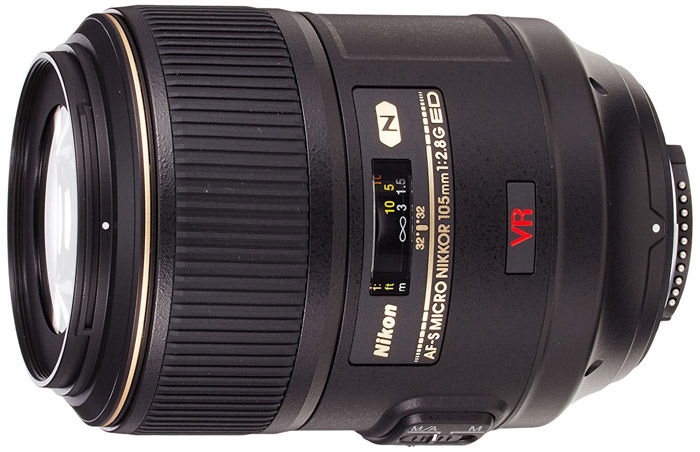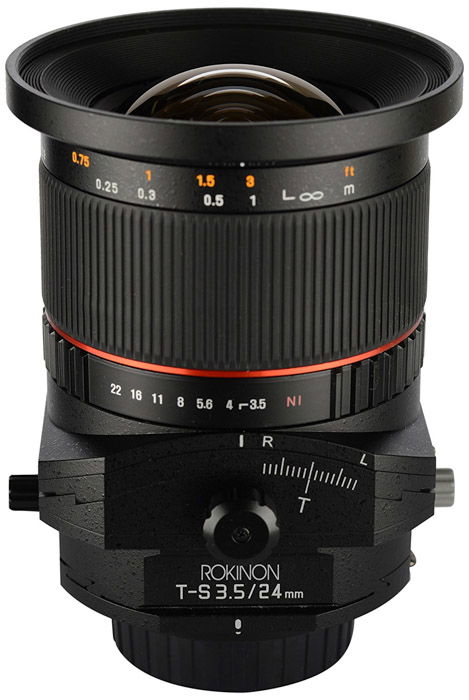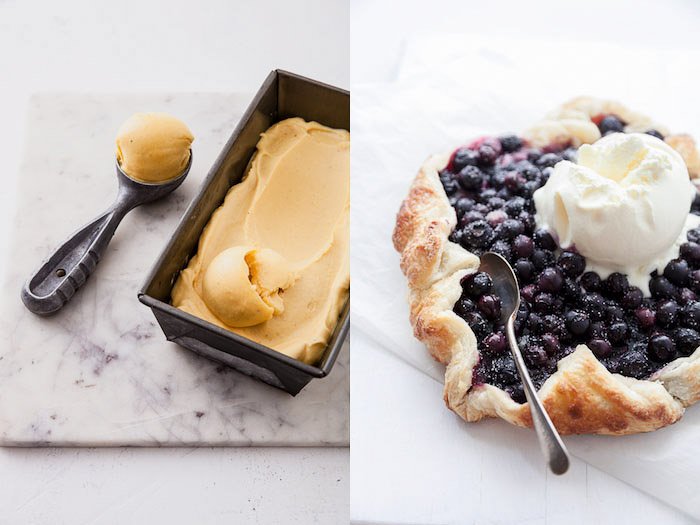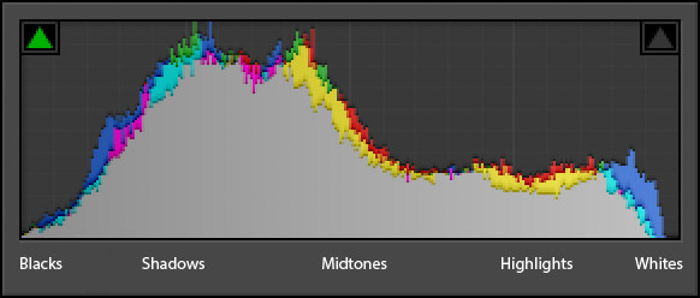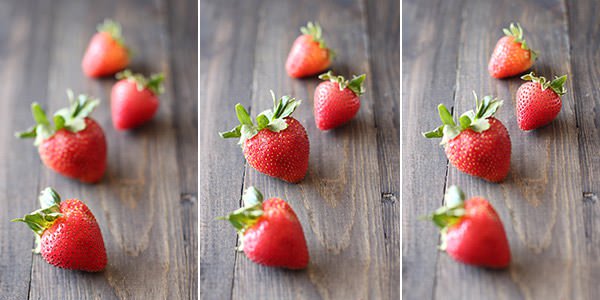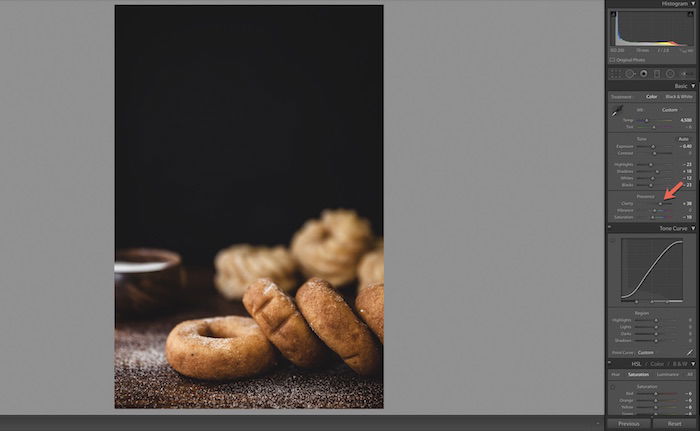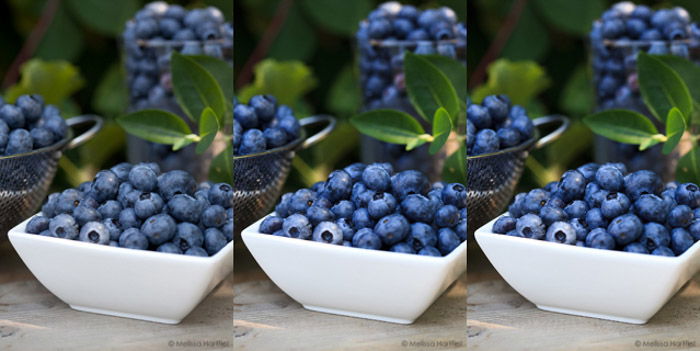Food photography is essentially product photography. Everywhere you look, there will be food, drinks, and snacks. Leafing through any cookbook and you find beautiful images of food.
Walk into any restaurant, anytime, anywhere, and you will be presented with their stunning food pictures. Instagram is flooded with the most attractive product shots of food imaginable.
Read on to find out exactly what you need to acquire and do to create beautiful, food photography images.
What Is Food Photography?
Taking pictures of food is one area of photography that has boomed in recent years. People are starting to cook more, and the world of social media has made it possible to show what we are cooking. Or eating.
There are more restaurants than ever, dishing out more kinds of food that you could conceive. All these need photographing. To show, share, persuade, and make your mouth water.
This is our complete guide to all things food photography. We will look at the best cameras to use, the lenses that accompany them and the accessories you will need.
Styling food will be as easy as pie with all our tips and techniques (and sneaky tricks) to make your food pop.
And remember: “There is no sincerer love than the love of food” – Bernard Shaw.
Camera Equipment
Camera equipment is tricky. There will always be articles and people telling you to get a new or fancy camera with all these up-to-date features and settings.
If you have a DSLR, entry-level or professional, it is enough. There is no specific camera to photograph food, you just need one that has a few basics.
High ISO, the ability to shoot in raw and multiple focal points are the most important features in this area of photography. Having an LCD screen with ‘live view’ would be greatly beneficial too.
What Is the Best Camera for Food Photography? (Top Picks!)
When it comes to the best cameras for ANY genre of photography, it is important to know what you need to do with it.
Some cameras are built to photograph many images in a matter of seconds. Others are more specifically geared to be used in a studio. Neither of these things is important here.
So what do you need to look for to photograph food?
The first important thing is working with a full-frame or crop sensor. Having a crop sensor will affect your lens’ focal length. This will help you get in closer for macro food photographs, but it does affect the quality of the images.
Next, a camera that can shoot in raw is always better. Raw images store more data from the scene, which allows more ‘play’ when post-processing.
Read our article here for other important things that will determine if your camera is suitable.

10 Secrets for Professional Smartphone Food Photography
If you prefer to photograph using your phone, here is a great article on capturing those beautiful shots.
Using your smartphone has never been easier. They have competitive image quality, apps to help you post-process the images and a slew of social media outlets to share.
As the article suggests, taking control of natural light is the key. If you look after the light, then the shadows will look after themselves.
The background you photograph the food on is just as important as the food itself. Great for creating a mood or tone, rather than just a blank, white area.
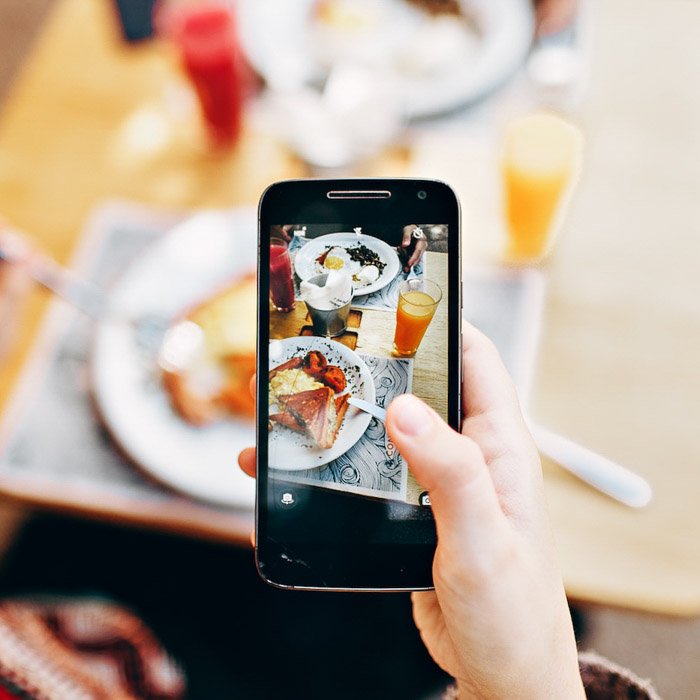
What Is the Best Tripod for Food Photography?
A tripod will keep your camera still, reducing shake. It will also give you those aerial, top-down images you see so often.
It is also a secure place to keep your camera while you are spending hours arranging a scene. And it ensures the perspective doesn’t change.
Having a tripod allows you to use manual focus, to make sure you have the focal point where you want it. This is necessary for image stacking (see post-processing section).

How to Use a Colour Checker in Photography
Food photography is all down to the details. This could mean shallow depth of field of a large dish, food, and surrounding setting. It could also be those small elements that make up the image set.
Spices sprinkled around the dish, for example, can bring a wider impression of the food.
This is where color comes in. Colour management is very important in food photography. They can either complement each other or cause an interesting juxtaposition.
To get these colors correct, we can set the camera’s white balance to the light temperature used. This becomes problematic if two different light temperatures are being used.
The white balance and color can be corrected during post-processing. This is where the color checker is important. It isn’t exactly cheap, but it helps you correct your color to the specifics of the shoot.
It is a little box that shows you many colors, which you photograph first before any other images are taken.
During post-processing, you correct the WB using the color checker image. Voila! It corrects everything to the colors they should be.
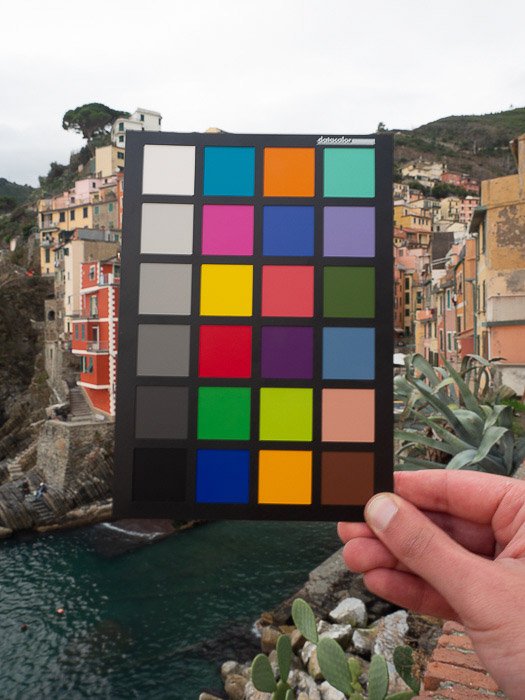
The Right Tools for Food Photography Styling and How to Use Them
Apart from your camera equipment, tripod, and lenses, there are a few other things to consider. To help you move and style your images, you can really benefit from a few small tools.
Paper towels are a must, for cleaning dishes and polishing glasses. They also blot up spills.
Tweezers are also necessary to move small, fine items and soft foods for precise placements. Cotton buds are great for cleaning, wiping and collecting random drops of liquid.
Brushes are also very important for oiling or adding water to an object. Have a look through our article on how these food photography tips can benefit your images.

The Best Choice of Lenses for Food Photography
If the camera is the cake, then the lens is the icing. How you will photograph a food item comes down to the lens you use.
Achieving a shallow depth of field comes from a fast aperture. It lets you work in low light.
The lens also affects the quality of your images. So make sure you know about your lenses before you use them.
Here we will look at a few specific lenses that you might use for food photography, looking at the benefits and disadvantages of each.
What Lens Should You Use for Food Photography?
A wide-angle lens is a great addition to any photography kit. These lenses let you capture most of the scene due to their ‘wide-angle’.
These are great for large spreads of food, where you might show meals for many people, and the table settings too. They work well in low light and can come in prime or zoom forms.
The disadvantage with these lenses is the distortion. You will find the image becomes warped close to the edge of the frame. This aberration can be interesting, and best used for fun projects.
They are tricky to use correctly, and best kept away from serious and professional shoots. Overuse of a wide-angle can look amateurish.
For help what lenses you should use, read our article here.
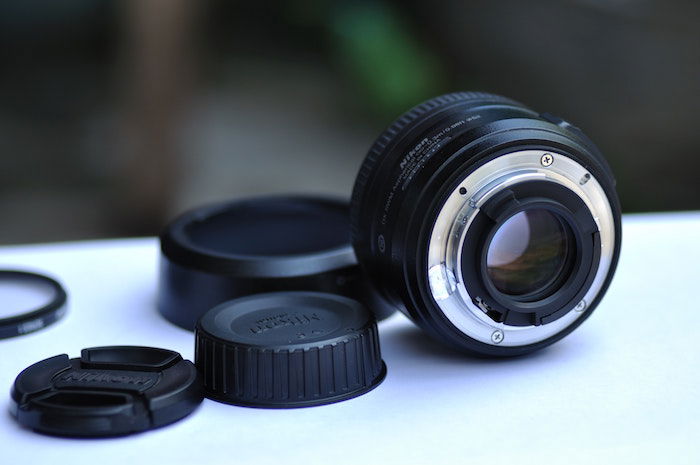
8 Reasons Why Everyone Should Have a 50 mm Prime Lens
The ‘nifty fifty’ is a standard go-to lens. They offer great quality and still gives you a fairly decent wide view.
The distortion with this lens is minimal. Not only do they make your images look great, but they also cut down on post-processing time.
With a prime lens such as this, the quality and sharpness of the image are exceptional. They also go to very shallow depths of fields.
A narrow depth of field is great for taking attention away from a backdrop.
The lens can have some trouble auto-focusing on items that lack contrast. This reduces the use of this lens in dreamy, flood-lit scenarios.
Also, there is a limit to how close you can get to an item and keep it in focus. Images with very minute details might not benefit 100% from this lens.
10 Tips for Shooting With Macro Lenses in Still Life Photography
A macro lens is almost indispensable for capturing minute details in food photography. This type of lens gets you as close as possible as it has a very small minimum focusing distance.
You can use these in combination with macro extenders, to get in even closer. If you have a crop sensor, using this 100mm full-frame lens will give you a focal length of 160mm on a Canon DSLR (150mm on Nikon).
These are not easy to use in cramped spaces. This is unless you only use this lens for its macro capabilities. They will not work well for wide spreads of food from an aerial perspective unless only focusing on one or two details.
How To Use a Tilt Shift Lens for Food Photography
This is a strange concept to be used for food photography, but it creates interesting results. Tilt and shift lenses are very important in eliminating the parallax error found in architecture photography.
It works by allowing the photographer to change the parallel connection between the film/sensor plane and the lens plane. By manipulating this relationship, you create a focal point that works both horizontally AND vertically.
This is great for showing a slanted, diagonal focus or a focus spot rather than just a whole line.
These lenses are very expensive and tricky to use. We wouldn’t recommend buying one if you can’t use it elsewhere. If you have one, give it a try.
Lighting
The lighting conditions of product and food photography are very important. There are three main ideas behind lighting the dishes and foodstuffs you are photographing.
Natural light is free yet sometimes difficult to harness. Huge lighting set-ups or artificial lighting can be organized how you wish but can be very expensive.
A middle ground of using natural light and artificial light can be an option, yet a little trick for white balance.
For some really creative ways of lighting your food photography, look at our article here.
How To Improve Your Food Photography With Natural Light
Using natural light might be the best way to start and practice with. It is abundant, free and everyone has a window they can use as their source of direct light.
This is also available outside for shoots, for example, in a park or on-location.
Here, a diffuser sits between the window and the food to create an even light fall and to take away the intensity of the light source.
Reflectors can be used to help bounce the light back towards the subject which softens harsh shadows.
By no means is it super easy. But it is by far the cheapest option that works (almost) any time of the day.
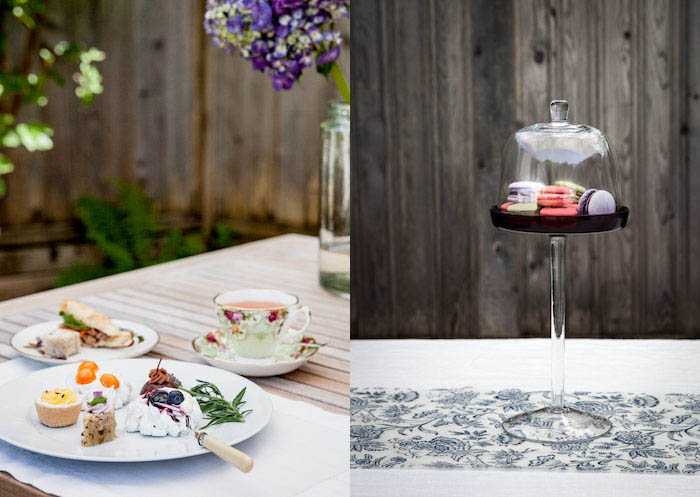
One Light Set Up for Food Photography
Rather than using natural light, a softbox is a great option. Great for studios with no windows, or times when the sun just isn’t as strong as you want it to be.
The softboxes are pretty inexpensive, easy to put up and pack away. It is a viable choice.
Using one light will leave you one set of shadows. By combining the light source with reflectors helps to minimalize these harsh areas. You’ll have more detail to play around with.
Softboxes give a constant flow of light. They can be moved to obtain different angles or muting an otherwise harsh light.
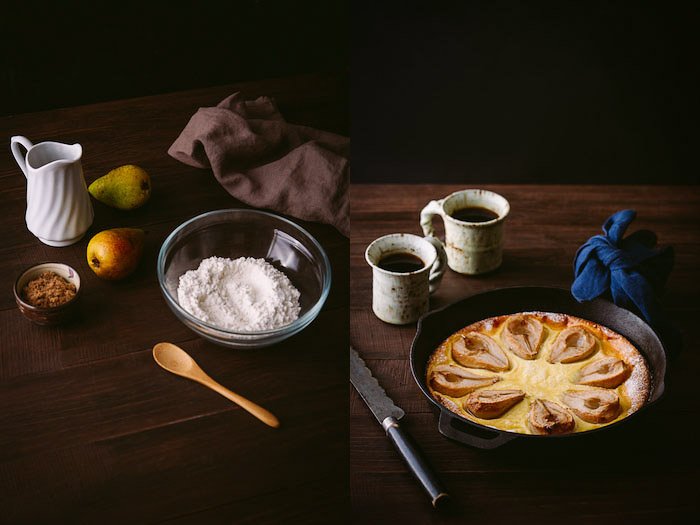
12 Easy (& Impressive!) DIY Food Photography Backgrounds
Food photography, just like any other form of product photography, needs a setting. These can, of course, be real-life settings in a kitchen, restaurant or outside area.
Depending on the food choice and styling, you might decide that backgrounds or backdrops are needed. In this case, you have two options. Either you buy them, or make them yourself.
DIY backgrounds allow you to make custom settings for your food photography. Not only are they custom to your food shot, but they also won’t break the bank.
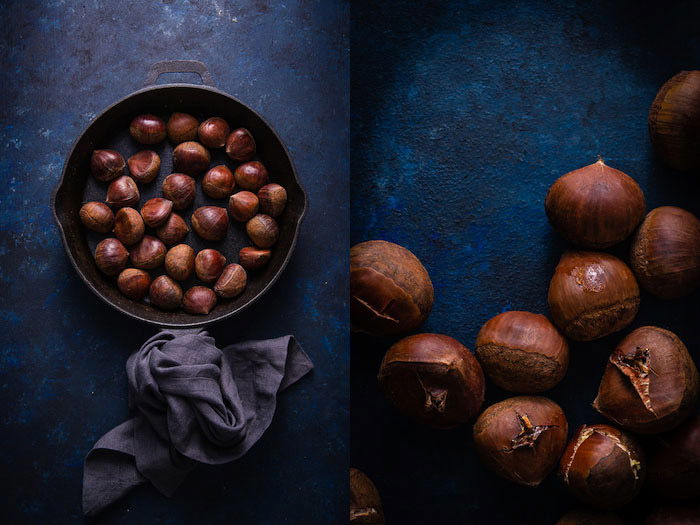
How to Shoot Food Photography
How to take food photography at home? You will already have some ideas. You may have even prepared some food, now how do you photograph it?
It all depends on what you want to show. Start by ascertaining what the most important aspects are.
Have you created a huge spread of food, showing multiple dishes? If so, an aerial photograph might show off the food in the best possible way.
Are you looking to focus on some minute details? Then a diagonal perspective might work best.

10 Incredibly Important Tips for Improving Your Food Photography
There are a lot of food photography tips and techniques you can use to get the best out of your work. This list is by no means exhaustive.
Once you get into the flow of things, it will give you a good sense of what food items go with what props and accessories.
Simple patterns work well as background, especially if the food is plain and simple.
One of the best ways to style your food is to play around with place settings. This also incorporates napkins, cutlery, and drinks to help convey a mood.
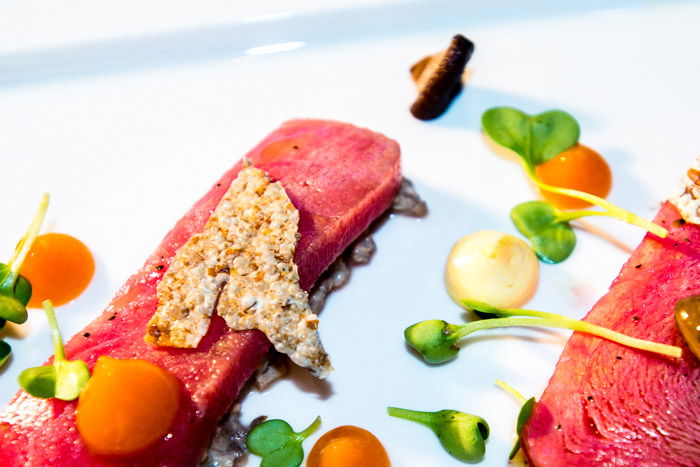
Top 10 Food Styling Tricks for Serious Food Bloggers
These are the sneaky tricks that food photographers use rather than the REAL food itself.
Ice cream, for example, will not last more than a few minutes without melting in front of a window or light source.
This is one of the reasons why ice cream is made from mash potato. It is pliable and resembles the alternative, especially combined with food coloring.
The article here is a great source of information to help make your food pop. Even if it isn’t real food.
10 Tips for Editorial Restaurant Photography
Restaurants make some of the most fantastically styled food you’ll ever see. Not only do they have to impress the clientele, but they also have to wow those readers at home.
Editorial food photography brings styled food to the masses. This can be through newspapers, magazines, and social media.
They let those not in the restaurant’s vicinity to see what is being created behind locked doors.
For the best food photography tips on how to create amazing editorial restaurant photography, read our article.
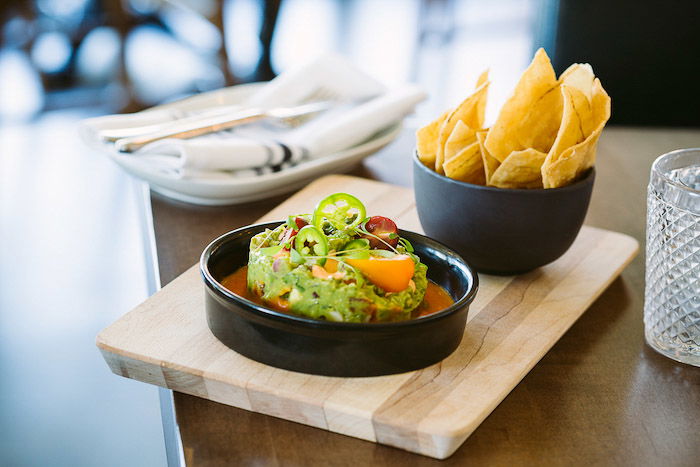
10 Best Food Photography Props (And How to Use Them)
The kitchenware aspect of things could have a flair to them. Vintage teacups are a good example. Most of the time, you want to keep things simple so they don’t clash with the food.
An item of cutlery that can dazzle is a good way to step out of the usual and create something interesting. Gold colored spoons, for example, can add a lot to a simple image.
You may think that minimalist white bowls and white plates are boring. They let the colors of your food burst. They are very versatile as they work with anything. Even enamelware can give it a retro vibe.

8 Great Tips for Using Typography or Text in Photography
One thing that can really help your food photography is adding text or typography. Here you get to add a message into your work.
These artistic details can take on the main ‘hero role’ or support the creative arrangement of your food photography.
We have eight great tips for you if you are looking to add text to your food photography.
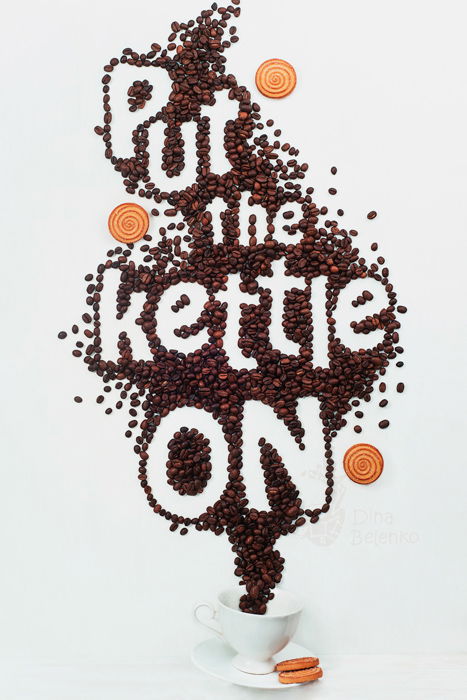
Get Creative With Close Up And Macro Food Photography
Your approach to food photography might be more creative than a documentary. If so, this article is for you.
By using a macro lens, you can get infinitely closer to your subject than a regular lens. This way, you can capture your arrangements and materials from different compositions.
As a bonus, you give your viewers something to think about. By getting closer, you change the idea and meaning of your subject.
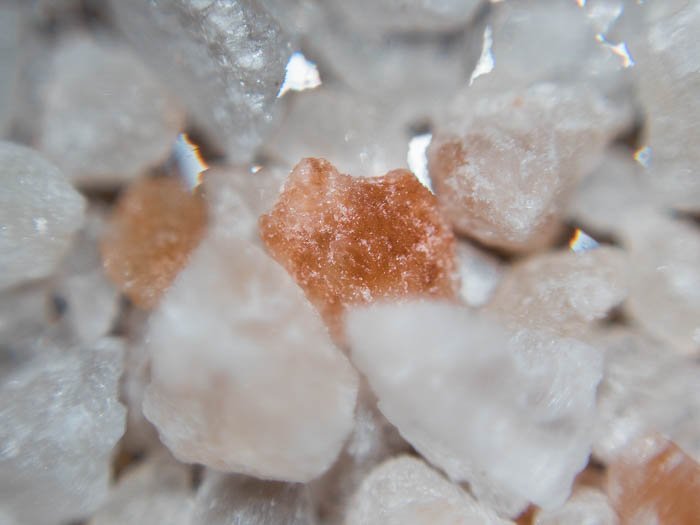
Types of Food
How to Create Magical Still Life Photos With DIY Flour Clouds
Do you feel that your food photography is caught in a rut? Is there something missing from your scene, but you’re not quite sure what?
Have you thought about using dust clouds? A simple technique such as this can make all the difference.
By incorporating a splash of flour, you add action to the scene. Flour is an element that is often flying around when cooking or baking, so it makes the scene feel more real.
Add some flour today, but start by reading our tips.

How to Photograph Food or Coffee Steam
Water is a material that can transform into any three states of matter easily. By heating it above its boiling point (100°), you have a gaseous state.
Steam is a perfect indicator to show that something is hot. By incorporating it into your drink and food photography, you help to create a more realistic scene.
There are easy ways to capture it, and there are other ways that involve a little trickery. It’s up to you which one to use.

10 Secrets for Styling and Shooting Burger Photography
Getting a great burger shot is fifty percent styling, fifty percent photography. First, you need to decide if the images are for editorial, commercial or creative purposes.
For editorial images, the more realistic the better. This doesn’t mean you can’t add some elements to make your subjects look more appetising.
Try adding in grill marks to the meat or the bun. This adds something special to an otherwise ordinary shot.
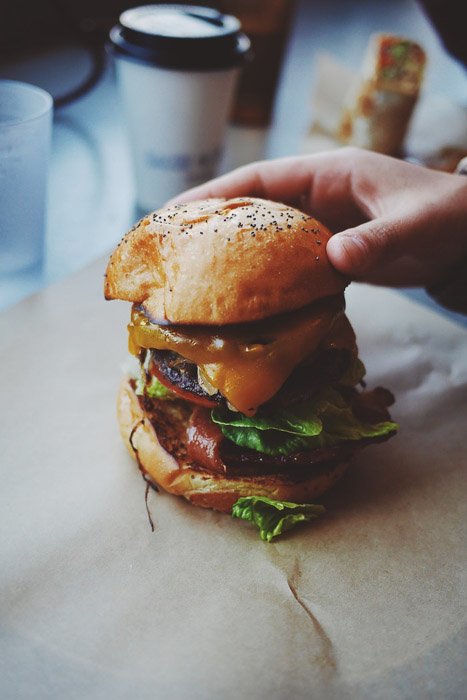
11 Best Techniques for Vegetable and Fruit Photography
If you’re looking for fruit and vegetable inspiration, you came to the right place. Beautifully organized and arranged food needs no introduction.
But, if you are capturing fruits and vegetables on their own, you might need some help. They could do with some interesting perspectives or compositions.
One area you should look at is color theory. The color of the fruit or vegetable should either complement or contrast that of the environment or backdrop.
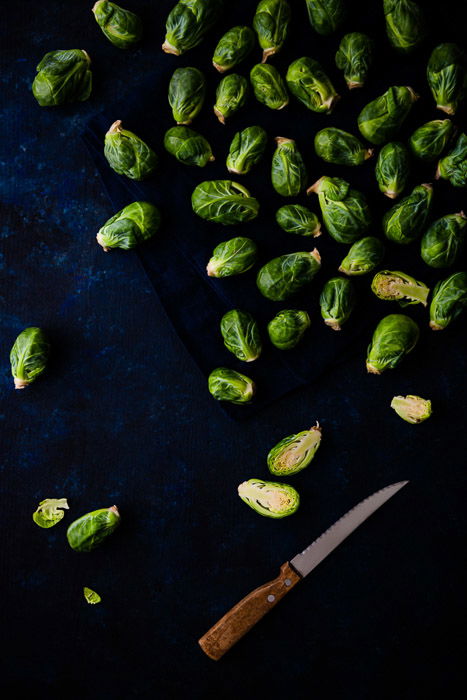
Sweet Tooth
8 Techniques for the Most Delicious Cupcake Photography
There is no wrong way to capture a cupcake. They look absolutely tantalizing and need no dressing up. Well, you are halfway there.
You can capture cupcakes in very simple ways, and you can do it in very complicated manners. It’s all down to the message you want to portray with your food photography.
By keeping it simple, you create fewer distractions. Fewer distractions mean more attention to the little objects of joy.
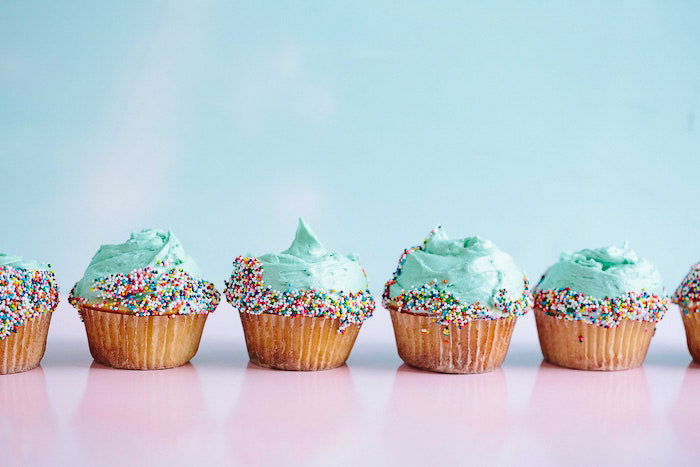
8 Secrets for Taking Gorgeous Cake Photography
Cakes are some of my favourite food types. They incorporate, fruit, vegetables (carrot cake), chocolate, cheese, nuts, and even spices.
Nothing gets people’s mouths watering more than a delicious image of an inviting gateau. So how do you get there?
One of the best tips we can give you is to keep it very minimal. This directs more attention to the subject. Once there, they won’t be able to take their eyes off it.
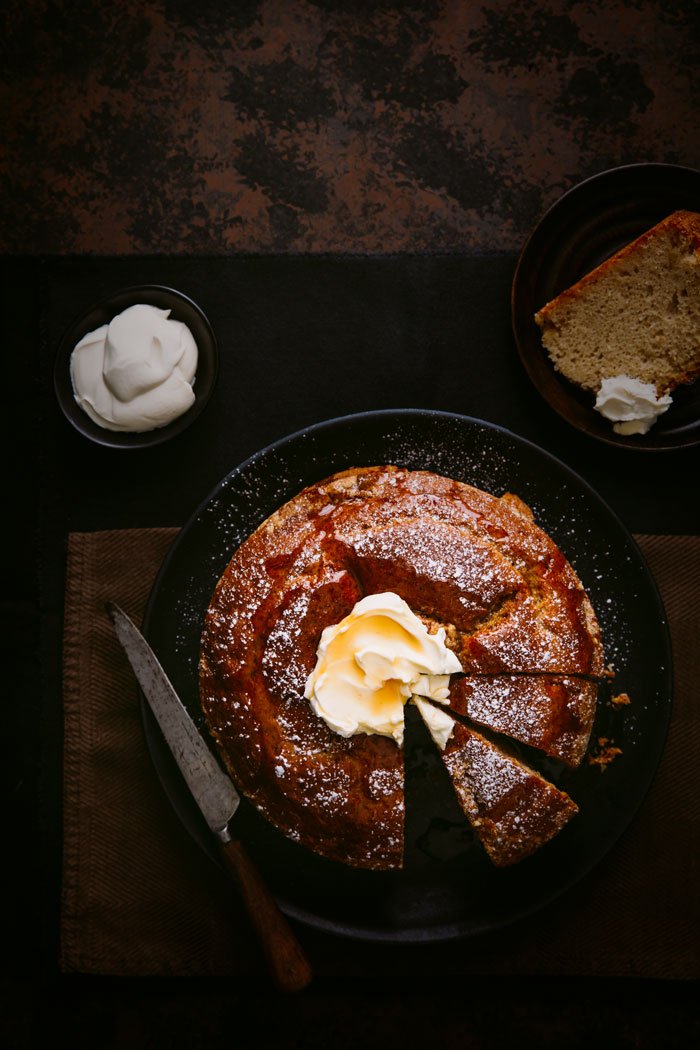
7 Best Techniques for Taking Delicious Dessert Photography
As people, we have to eat food. It’s necessary for nutrition and our first line of defence in the battle of survival. But, man (and woman) can not survive on bread alone.
‘Let them eat cake’ is something someone once said, and we are thankful for it. I think we often eat food just so we can fill up our separate dessert stomachs.
The thing that drives us to these glorious desserts is well-captured images. You get there by reading our article and then getting out there to do it yourself.
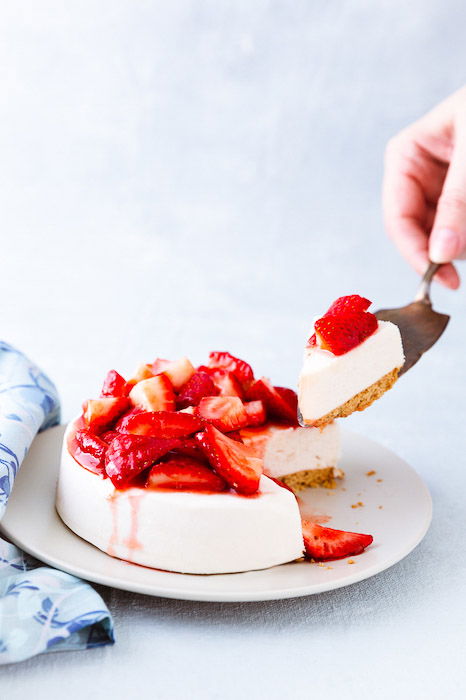
10 Ideas for Creative Cookie Photography
Cookies are a great subject to make and capture, especially for beginners. With a few ideas and styling concepts, you’ll be running straight away.
First, decide on your goal. What are the images for? This will let you know how creative you can be. Cookies have a very strong connotation of comfort, for example.
One great idea is to use the circular concept for composition and styling. All the other tips you can find in our article.
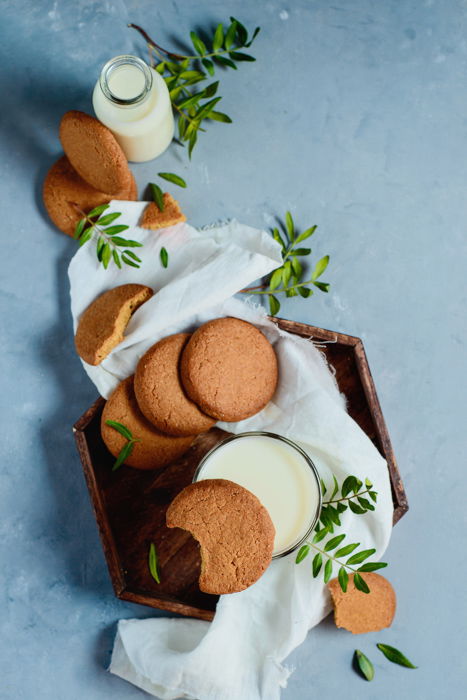
7 Techniques for Taking Stunning Chocolate Photography
Chocolate might look like the easiest thing to capture. Just break up a few pieces and dot them around the scene.
While in some instances it isn’t complicated, there are many things that you need to know. Such as the lights you use might actually melt your subject.
You might need to use heat in some circumstances. But having control is much better than letting the chocolate chips fall where they may.
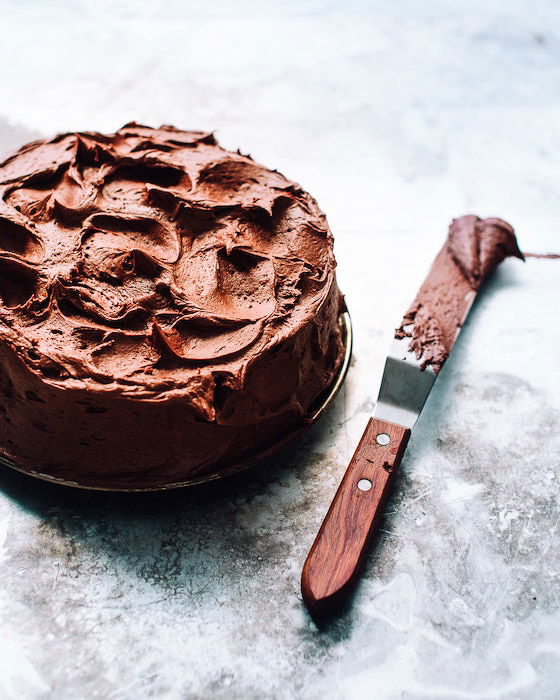
Holidays
10 Thanksgiving Photography Tips
For some holidays, food plays a huge part in celebrations and festivities. Thanksgiving centers around food, particularly turkey and pumpkin pie.
To capture food for a specific holiday needs more than an interesting perspective. The table and the surrounding area need to be styled in a particular way.
Read our article here and you will be very thankful indeed.
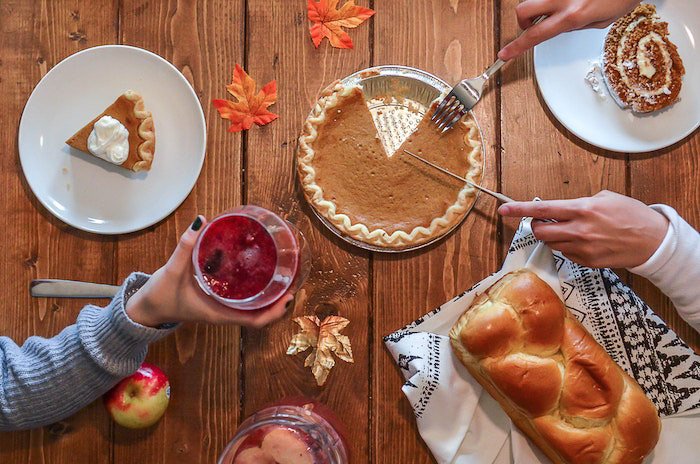
10 Christmas Inspired Ideas for Still Life Photography
Christmas is another holiday that also focuses on food. Both, the big meal and all sorts of candies, desserts, and nicknacks throughout the holiday.
Due to the levels of excitement, and the relaxing downtimes, this is a perfect time to experiment. With traditional baking and festive experiments.
On the plus side, any images you capture this year could very well be the cards you send out next year.
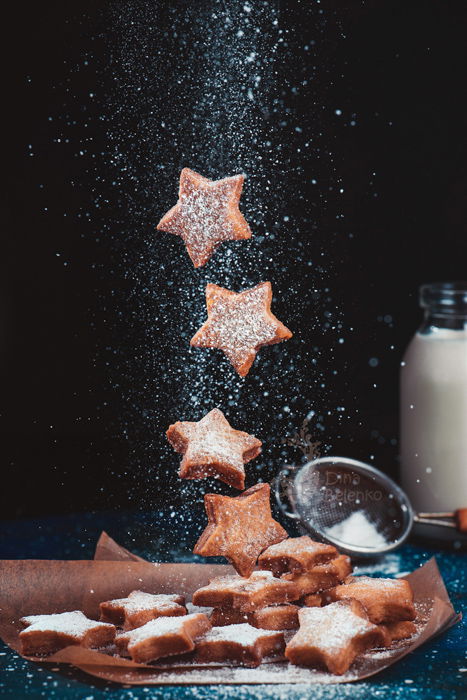
Christmas Cookies Photos: How to Take Levitating Still Life Photos Full of Cheer
A great example of traditional Christmas food photography is capturing cookies. Here, you get to meld together the festive nature of the holiday with a simple subject.
To make them more interesting, why not get them to levitate. Just raise your wand and repeat the lines Wingardium Leviosa.
Failing that, you could read our blog on how to do it with a few household materials. Your viewers will love them, and you won’t need that expensive wizard education.

Composition
10 Essential Food Photography Composition Techniques
Now that you are familiar with the food, good lighting possibilities, and the settings, we need to work on the composition of the images.
This is where we learn how to arrange the food and related items to be photographed.
One composition to look at is using the Fibonacci spiral. Placing your food items along a curved line rather than a straight line creates flow and movement.
It will gently guide your viewer’s eye around the image. This works particularly well for overhead shots when there are several elements that make up the image.
In the picture of the lentil stew below, the curved placement of the cilantro leads the eye to the bowl on the bottom.
It then pushes your focus to the top bowl and, finally, to the focal point. This is the piece of carrot resting in the smallest part of the spiral.
The Best Camera Angles for Food Photography
There are so many camera angles to choose from, and using a tripod (see camera equipment) will help facilitate them all. First thing is to create a concept of what you want to make.
Next is to see how that item works with the environment.
A certain item might work better with an aerial photograph rather than a head-on photograph. Food in bowls, for example, where a direct photograph would only show you the bowl.
A 45-degree photograph above the food looking down will show you a wide area of background, which can be styled for maximum effect.
This article gives you 11 ideas for you to start using immediately.
How to Focus for Better Food Photography
The focal point is something that goes hand in hand with different camera angles. Having a shallow depth of field comes down to your lens capabilities.
A small focal point can really dramatise your food photography. Although, you need to know when and where to use it.
This focus has the potential to remove distractions from the image and add interest. The viewer will focus on the most focused part of the image, so you can use this to your advantage.
There will be times where a smaller or slower aperture will work. For example, if you want to show multiple dishes that are just as important as each other.
7 Techniques for Styling And Shooting Dark Food Photography
So far we have looked at lighting food with an abundance of light. What if your food calls for something a little darker with a sullen mood to it?
A meal prepared for the winter season could benefit from this. Or even spectacular dishes for Halloween.
Here, we swap out all of the light backgrounds and colors for greys, dark browns, and blacks.
The color shifts, so the reflected light is less and bounces back with the darker colors.
You might find using flags (cardboard to stop light) useful in limiting the amount of light that hits the food. Read our article for a step by step guide.
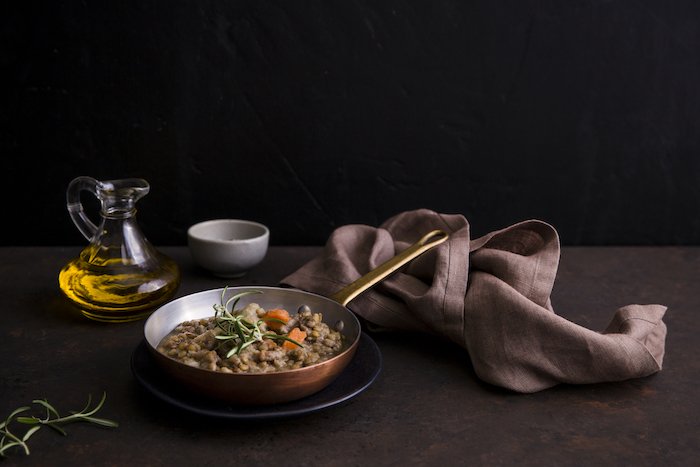
15 Creative Food Photography Ideas You Should Try at Home!
We have talked about composition in the above section. But if you are looking for something a little more advanced, you came to the right area.
A great way to make your food photography stand out is to layer objects. Use a plate, with a smaller plate on top. This brings back a little 3D into our 2D image.
Using the power of triangles also helps to add interest. Two objects are too even and four is too many. Three is a powerful number, and it works well.
Also, don’t forget the repetition. This works wonders for making the idea bigger than just the sum of the photographs. Give it a try.
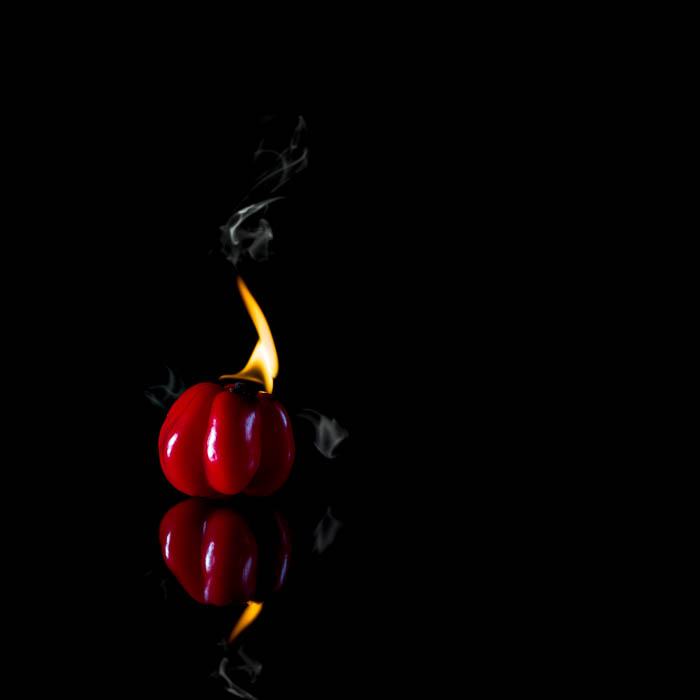
20 Delicious Food Photography Examples to Inspire You
There is an infinite amount of things you can make to photograph. Sometimes, having so many options means it is difficult to choose.
Our article here provides you with delicious examples. They are more than enough to get you started on your path to beautiful food photography.

15 Awesome Food Photography Blogs to Follow
Taking amazing food photography images is a pleasure in itself. Although, if you are looking to turn it into a business, it can be helpful to see what else is out there.
We have compiled a list of the best food photography blogs that you need to follow. Not only will they serve as inspiration, but they can show you the niches that are still available.
For business or pleasure, you can get a lot of food photography help from our article.

10 Delicious Food Photography Tips for Food Bloggers
Tips, techniques, compositions, and lighting ideas are all welcome when it comes to food photography. But some can seem a little unspecific and general.
Many photographers giving out these tidbits of information can easily give you info that might be better suited to other studio photography work.
Some of the best guidance comes from those who practice food photography regularly. Food bloggers are the main photographers to follow for the most up-to-date tips.
Here, we have the ten best for you to peruse and dig in to.

Business
Selling Food Photos: How to Make Money From Photography
Selling your food photography is a huge aim for some photographers. Especially if you want to turn your creative shots into a business idea.
There are a few ways you can do this. One of them is placing the images on stock photography websites. Here, once you place them, they sell without further input.
For more options and the best information on how to use stock photography websites, check out our article here.

Post-Processing
How to Understand Your Camera’s Histogram for Better Food Photography
There is one crucial area not to ignore when photo editing or post-processing food photography. This is the histogram.
The histogram has a place on your camera and in post-processing software on your computer. Its purpose is to show you the tonal range of your photograph and where the values lie.
They focus on blacks, shadows, mid-tones, highlights, and whites.
This clever little box also tells you if you have too much black or white in your image, which is over or underexposure.
Understanding the tonal ranges help you fix them. Both in camera and during post-processing. Knowing the information they show is one of the best food photography tips we can offer.
How to Shoot Water Splash Photography
Some food photography is best captured straight on. By keeping it simple, you show the viewers how important the food is on its own.
But, some situations will call for more interesting situations. Water splash photography is a creative idea in itself. When combined with food photography tips like this, you aim to add flair to your food images.
Using this technique needs to be specific. Water splash photography isn’t something you would use for foods associated with dehydrated foods. Save it for fruits, drinks and anything that screams moisture.
It might just be the thing your food photography scene needs.

How to Use Focus Stacking for Sharper Photos
Focus stacking is a relatively easy concept. The basic idea is that, while using a very shallow depth of field, you photograph one small part of the food item.
You keep the camera exactly where it is and then refocus on another part of the item. After a few photographs, you should have successfully photographed the entire item in focus.
These images are then ‘stacked’ together using post-processing software.
After this process, you should have an image where the focus blankets the item but leaves the background blurred and out of focus.
This is a great way to keep a high-quality differential focus over a wider area. You are welcome!
Fine Art Food Photography Techniques and Tips
Fine art photography covers many different photographic fields. Food photography is no different. If you own and run a fine art business, consider food photography as a subject.
Plenty of art lovers hang food-related images in their kitchens and dining rooms. The fine art food photography market is definitely work breaking into. Like a tasty crème brûlée.
In our article, you’ll find all the tips and techniques you’ll ever need.
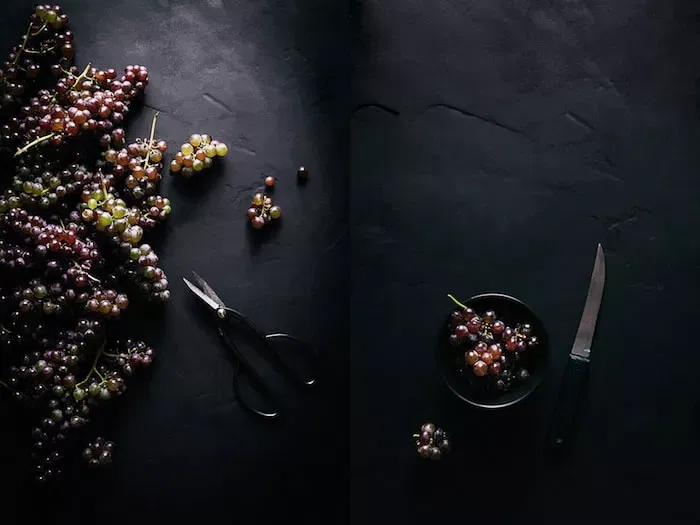
9 Best Techniques for Taking Amazing Coffee Photography
Photographing coffee is an art unto itself. There are many different brands, flavors, and areas that separate the cups of black gold.
All of these serve as great additions to your coffee photography scenes.
For inspiration, tips and techniques, your coffee related food photography prayers have been answered.
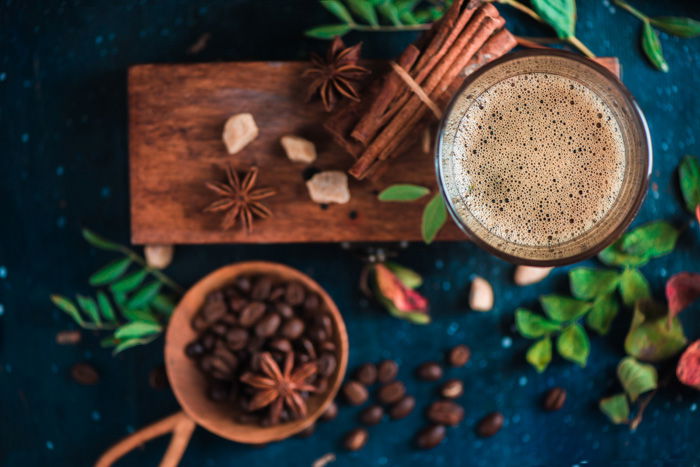
Still Life Photos With Food Typography
Typography is a great way to separate your images from the rest. The great thing is that all food can be made to resemble letters, numbers, and characters.
If you have already started experimenting, this article can help you hone your skills. If typography within food photography is something new, you’ll find great inspiration here.
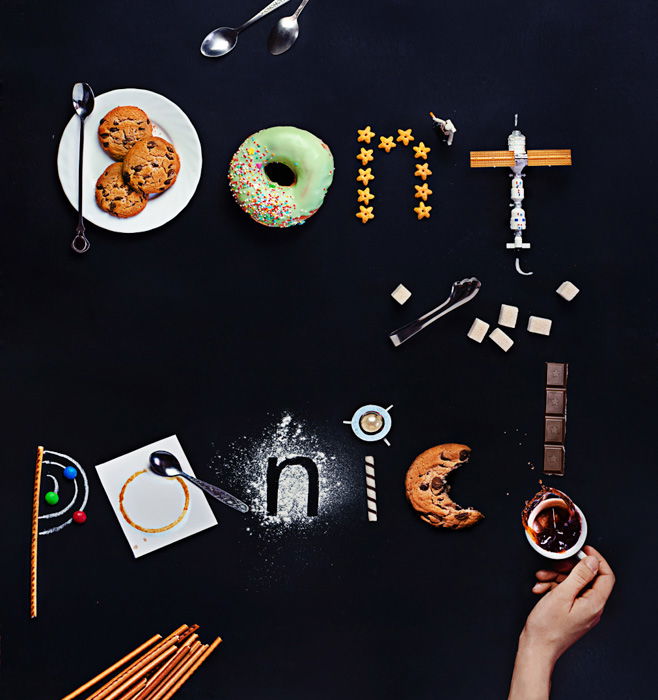
A Beginners Guide to Food Photo Editing in Lightroom
Adobe Lightroom is a great software package for post-processing your food photography. It has a great library system, where you can organize hundreds and thousands of images.
Another helpful element of this program is its great use of keywords and tags.
It also lets you modify your images in a non-destructive way. This allows you to go back to the original image if you no longer like the edits you created.
Lightroom has a no-nonsense layout and is very user-friendly. You are able to adjust settings such as exposure and contrast very easily. This should be your go-to package.
To become a master of photography editing, try our Effortless Editing course!
How to Edit Food Photography in Photoshop
For all those using Lightroom, but feel limited in more sophisticated levels of adjustments, Photoshop is a great program.
Photoshop is a software better designed for labour-intensive photographs. Especially where text or layer masks might help you achieve what you want.
Most professional photographers find they benefit from Lightroom’s library system and simple adjustments.
Then import the image into Photoshop for airbrushing and other complicated modifications before exporting the final result.

